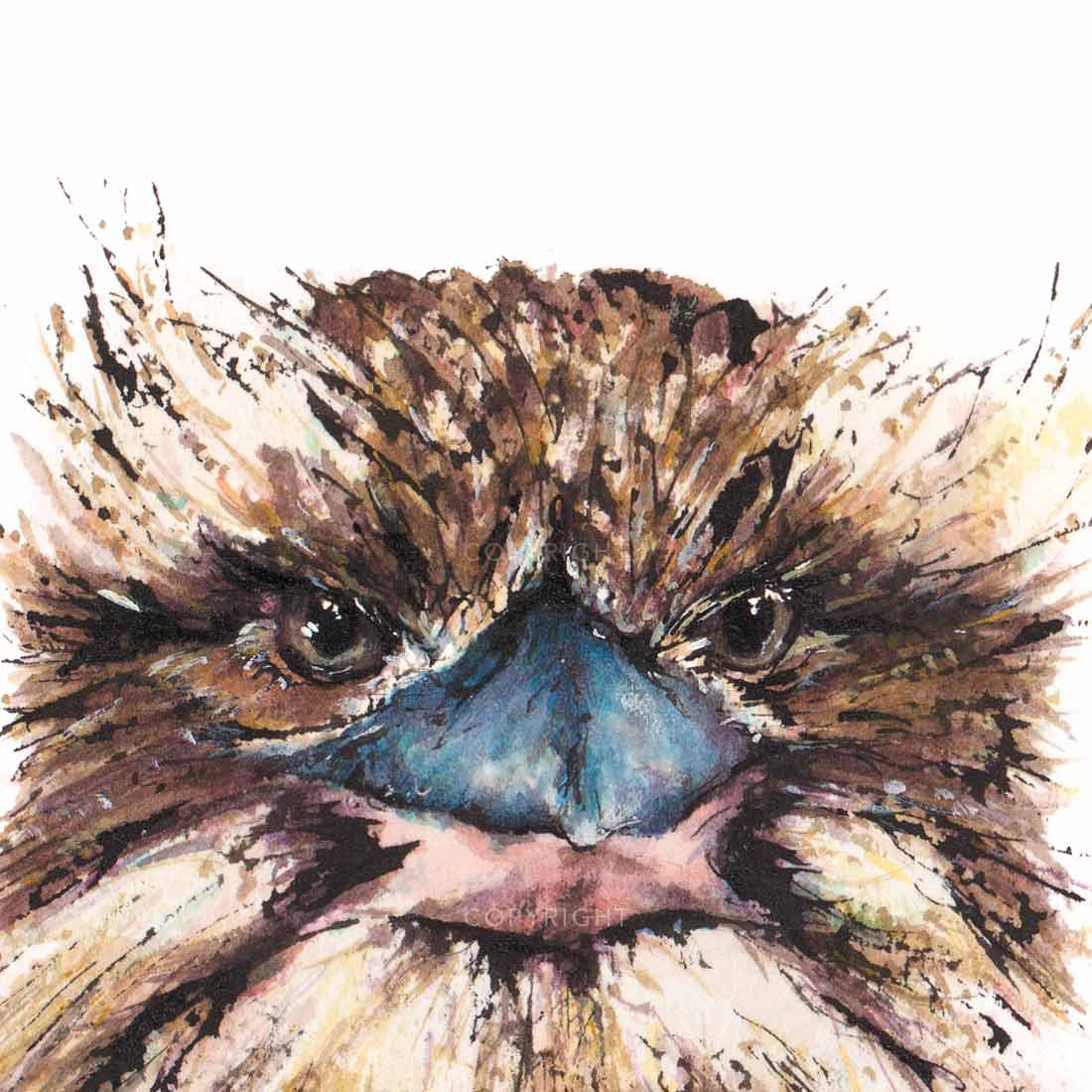Shannon Dwyer Artist
Original Artwork
Couldn't load pickup availability
'Krank', the Laughing Kookaburra
Original Artwork by Shannon Dwyer
Gotta love a Kooka!
They ooze character and are such an iconic symbol (and sound) of Australia. Shannon chose to capture the ‘power stare’ of the kookaburra because she often experiences them from her backyard ‘playing’ in her garden!
#alwayswatching
Price is for artwork only. Framed example image is for illustrative purposes only.
Share








About the Artist
Meet Shannon Dwyer, an Australian artist dedicated to celebrating the true essence of ‘Australiana’.
With a vibrant and whimsical style, Shannon's work is ever-inspired by the incredibly unique and extraordinary wildlife of Australia and a desire to push the message of the preservation of our phenomenal natural world.

‘Krank’ was created with watercolour paint and detailed with a traditional nib and highly concentrated ink on 425gsm 100% cotton watercolour paper.
Size: 260mm × 190mm
This original artwork is embossed with the ‘Shannon Dwyer Original’ authenticity seal and hand-penned signature validating it as an original artwork of Shannon Dwyer.
Artwork is also accompanied by a signed Certificate of Authenticity.
‘Krank’ was created with watercolour paint and detailed with a traditional nib and highly concentrated ink on 425gsm 100% cotton watercolour paper.
Size: 260mm × 190mm
This original artwork is embossed with the ‘Shannon Dwyer Original’ authenticity seal and hand-penned signature validating it as an original artwork of Shannon Dwyer.
Artwork is also accompanied by a signed Certificate of Authenticity.






